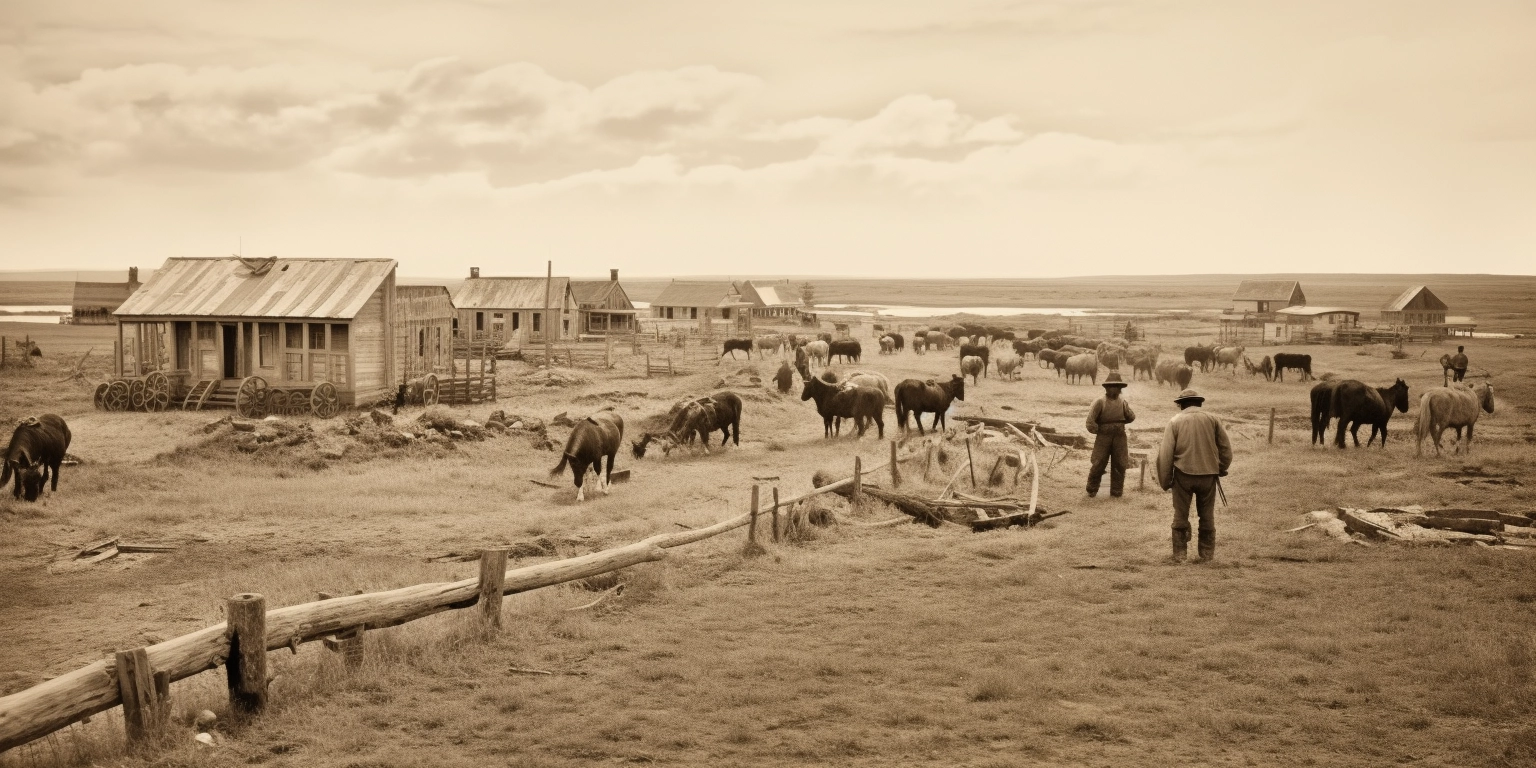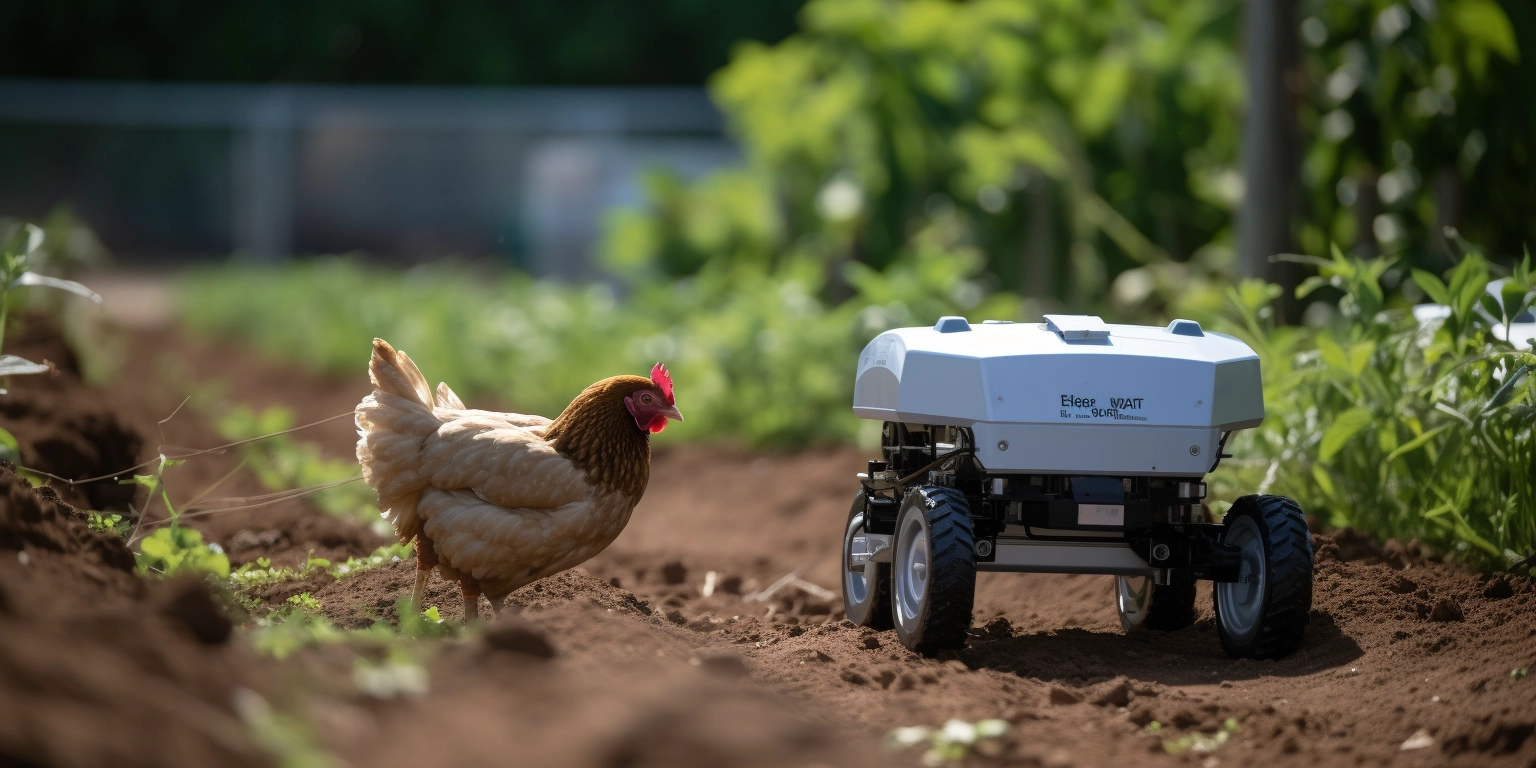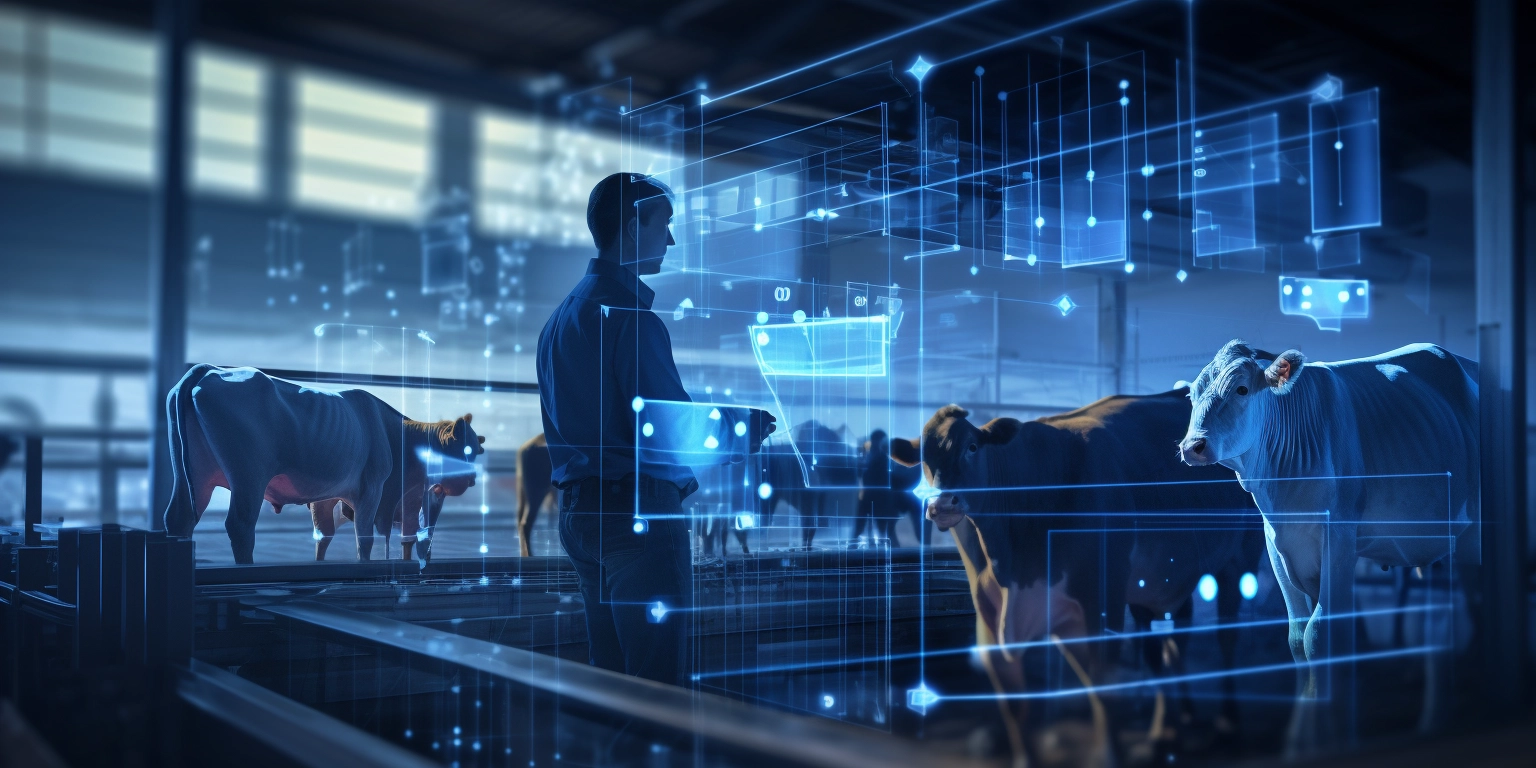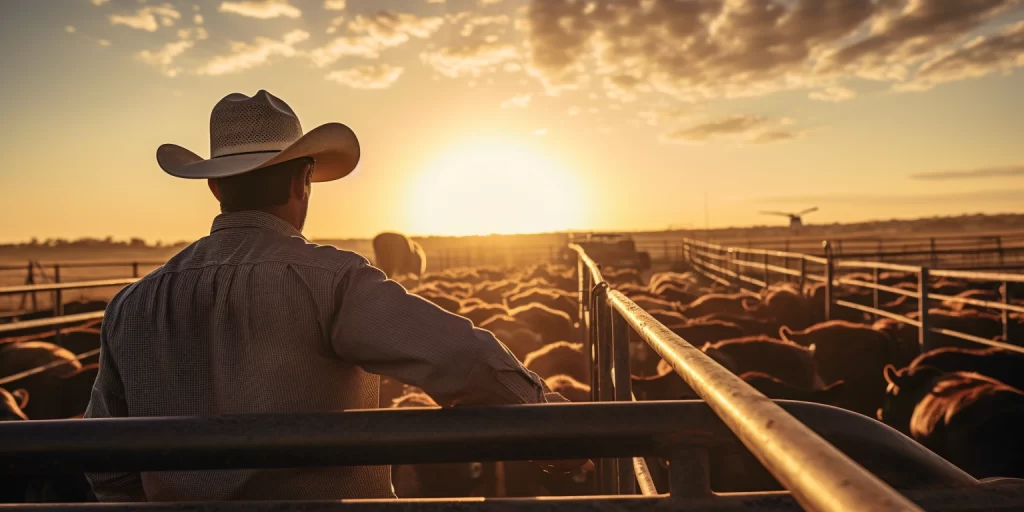Introduction
In the heart of rural Alberta, where the horizon stretches wide under the vast Canadian sky, the tradition of farming and ranching runs as deep as the roots of the prairie grass. Here, the bond between the land, its people, and their livestock is a testament to generations of hard work and stewardship. Livestock handling equipment has always been a cornerstone of this relationship, evolving over the years to meet the changing needs of agriculture. As technology and design have advanced, so too have the tools that farmers and ranchers rely on to ensure the safety and efficiency of their operations. This exploration into the evolution of livestock handling equipment is not just a look back into the past; it’s an acknowledgment of how innovation continues to shape the future of farming in communities like ours, where the well-being of our animals and the sustainability of our livelihoods are paramount.
Historical Context
The story of livestock handling equipment begins in an era when agriculture was the backbone of society, and innovation meant a better yield, healthier animals, and a more stable community. In the early days of Alberta’s settlement, livestock were managed through sheer manpower and rudimentary tools, crafted from the natural resources at hand. Wooden corrals and simple, hand-forged implements were the norms. These methods, while effective for their time, were labor-intensive and posed risks to both the handler and the animals. The evolution of livestock handling began with the introduction of more durable materials like steel, leading to the creation of stronger, more reliable equipment. The design of chutes, gates, and pens became more sophisticated, allowing for safer and more efficient management of animals. This period marked the transition from manual labor to a more thoughtful approach to livestock handling, laying the groundwork for the technological advancements that would follow.

Technological Advancements
As the agricultural landscape of rural Alberta and beyond evolved, so too did the technology underpinning livestock handling. The advent of the 20th century brought with it significant technological advancements that transformed the way farmers and ranchers managed their herds. Mechanical systems began to replace manual labor, introducing efficiencies previously unimagined. Automated feeding and watering systems ensured livestock received consistent nutrition and hydration, reducing the workload on farmers and improving animal health. Electronic tagging and tracking systems emerged, allowing for meticulous management of livestock health records and facilitating easier tracking of animals across vast distances. These technologies not only improved safety by minimizing human-animal interactions but also enhanced the overall management and productivity of farms.
Improving Safety with Design
The focus on safety has been a critical driver in the design of livestock handling equipment. Innovations in this area have been aimed at protecting both animals and their handlers. Ergonomic designs have minimized the physical strain and risk of injury to farmers, while also reducing stress and potential harm to animals during handling. The development of squeeze chutes, for example, has allowed for safer vaccination, tagging, and treatment processes by securely holding the animal in place without causing undue stress. The incorporation of non-slip surfaces, rounded corners, and adjustable barriers has further enhanced safety, demonstrating how thoughtful design can lead to significant improvements in the daily operations of livestock management. These advancements underscore a commitment to welfare and efficiency that continues to drive the evolution of livestock handling practices.

Efficiency in Livestock Management
The progression towards more efficient livestock management has been largely facilitated by advancements in equipment design. Modern tools have not only become more durable but have also been optimized for ease of use and maintenance, ensuring they can withstand the rigors of daily farm operations. The introduction of automated systems has significantly reduced the manual labor involved in feeding, watering, and monitoring the health of animals. This shift has allowed farmers to allocate their time and resources more effectively, focusing on broader aspects of farm management and strategic planning. Moreover, the use of data analytics in livestock management has enabled a more scientific approach to breeding, health care, and nutrition, further enhancing productivity and efficiency on the farm.
Case Studies
Across rural Alberta, numerous farms have embraced these technological advancements, witnessing firsthand their impact on safety and efficiency. One notable example is a cattle ranch that adopted an automated feeding system, resulting in a marked improvement in feed efficiency and a reduction in labor costs. Another case involved the use of electronic tagging for a sheep flock, which significantly improved the management of breeding programs and health monitoring, leading to higher lamb survival rates and overall productivity. These real-world applications underscore the tangible benefits of adopting modern livestock handling equipment, demonstrating how innovation can drive success even in traditional sectors like agriculture.
By examining these case studies, it’s clear that the evolution of livestock handling equipment has not only addressed immediate concerns around safety and efficiency but has also paved the way for a more sustainable and prosperous future in farming.

Future Directions
The frontier of livestock handling is poised at the cusp of a technological revolution, marked by the increasing incorporation of artificial intelligence (AI) and robotics. These technologies promise to further enhance safety and efficiency through precision agriculture—optimizing livestock health management and operational workflows. Innovations such as robotic milking machines and AI-driven monitoring systems for detecting health issues early are already making headway. As these technologies mature, they offer the potential to significantly reduce labor requirements and improve animal welfare by enabling more consistent and non-invasive handling methods.
Challenges and Considerations
Despite the clear benefits of these advancements, adopting new technologies presents challenges, especially for smaller farms in rural Alberta. High initial costs, the need for technical training, and adapting existing infrastructure can be significant hurdles. Additionally, there’s an ongoing conversation about the ethical implications of increased automation in livestock handling, including concerns about job displacement and animal welfare. Balancing technological adoption with these considerations requires thoughtful discussion and collaborative efforts between manufacturers, farmers, and regulatory bodies to ensure that progress in livestock handling technology benefits all stakeholders—both human and animal.
Final Word
As we reflect on the journey of livestock handling equipment from its rudimentary beginnings to today’s cutting-edge technologies, it’s clear that innovation has been key to enhancing both safety and efficiency in agriculture. The future promises even greater advancements, with the potential to revolutionize how we manage and care for livestock. For those in rural Alberta and beyond, staying informed and adopting these innovations is crucial for continued success in agriculture. Morand Industries stands at the forefront of this evolution, offering a range of products designed with both the welfare of livestock and the needs of farmers in mind. We encourage you to consult with Morand Industries for the latest in livestock handling solutions, ensuring your operations are equipped for the challenges and opportunities of modern agriculture.

